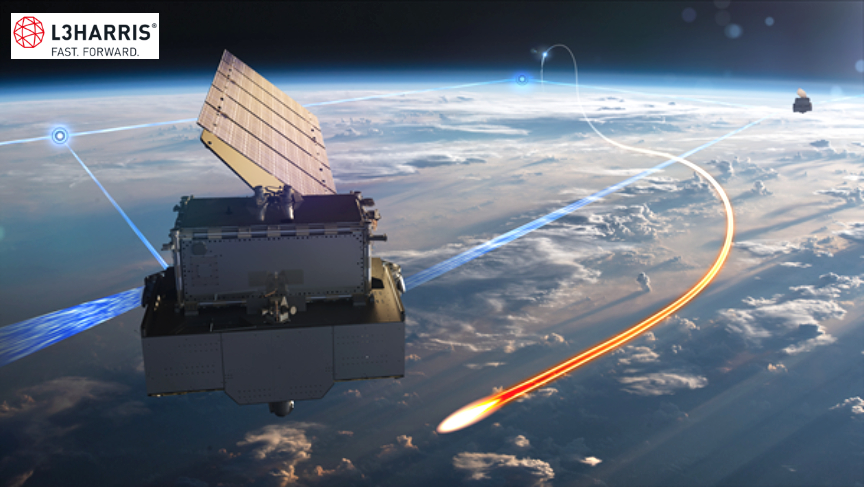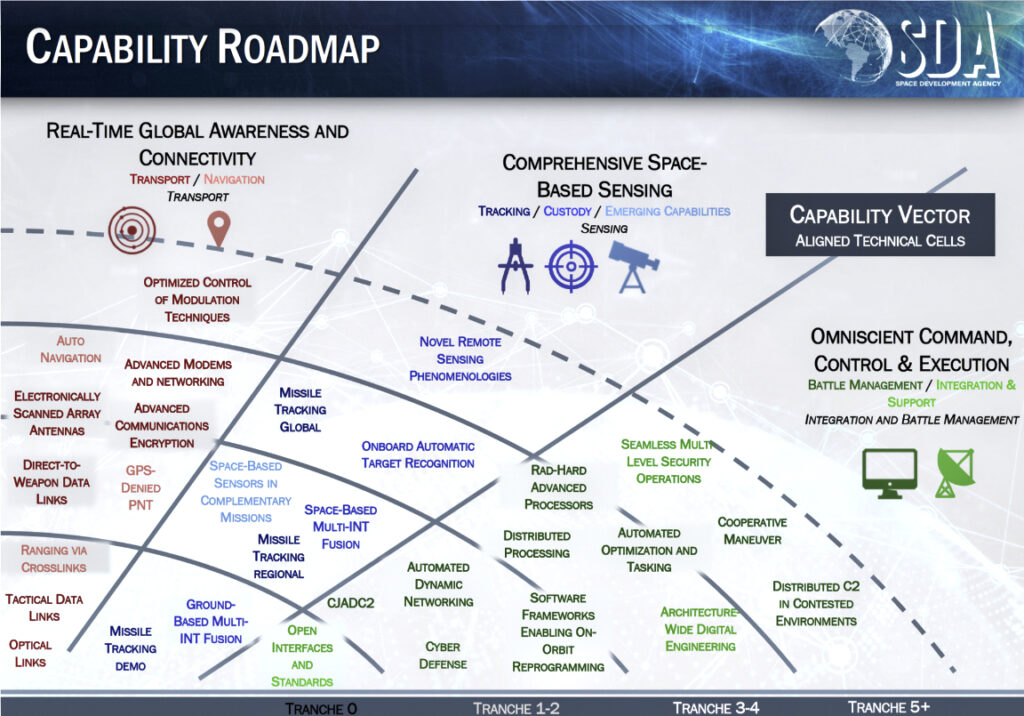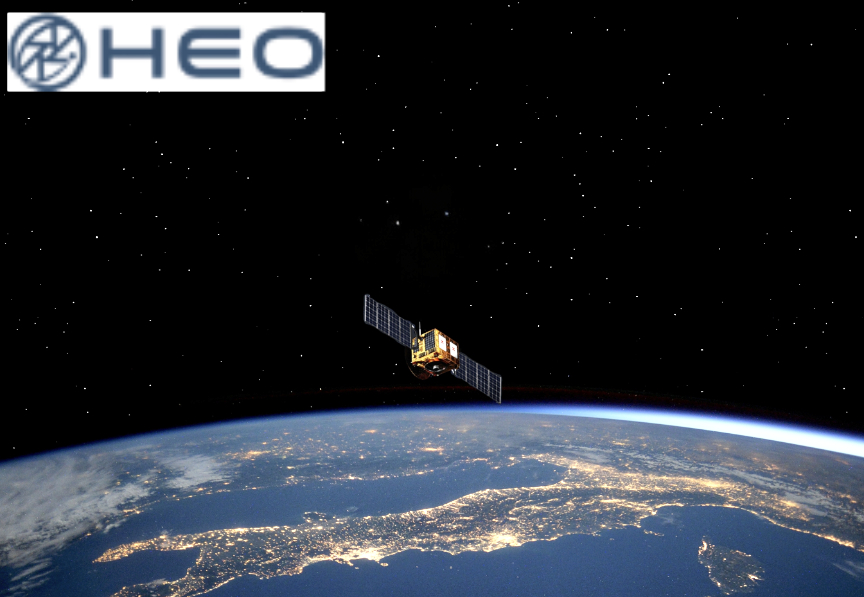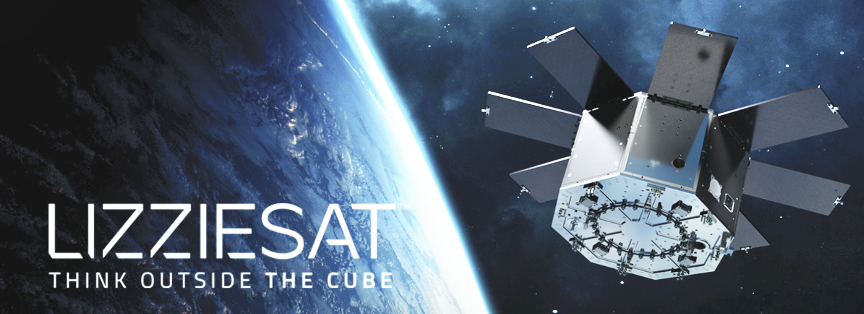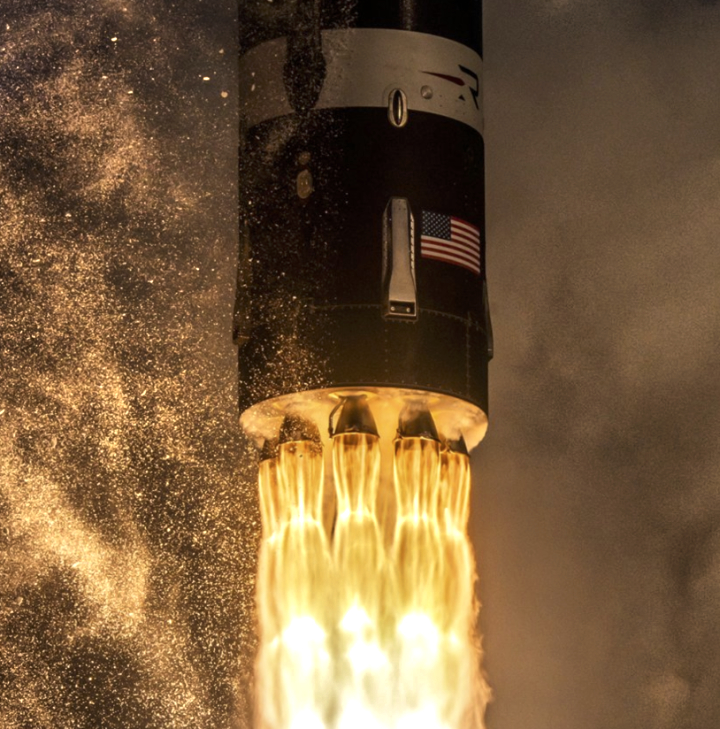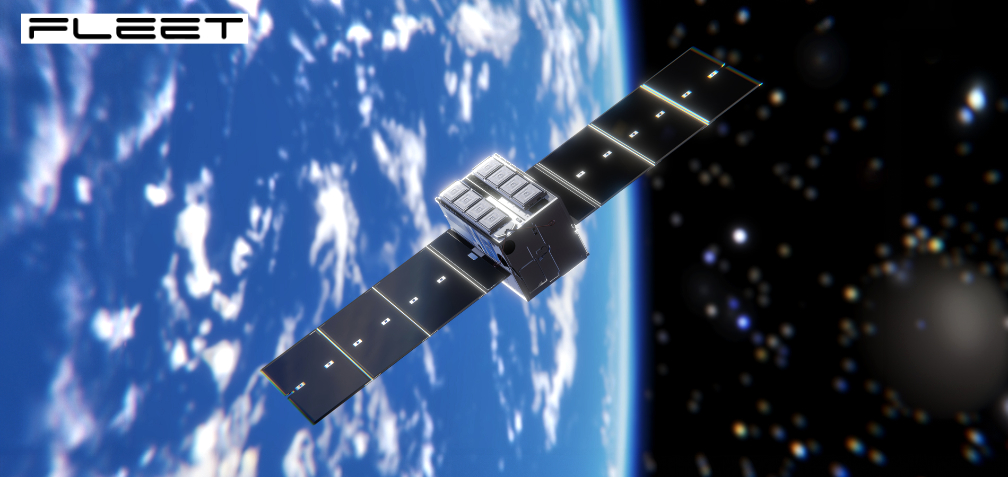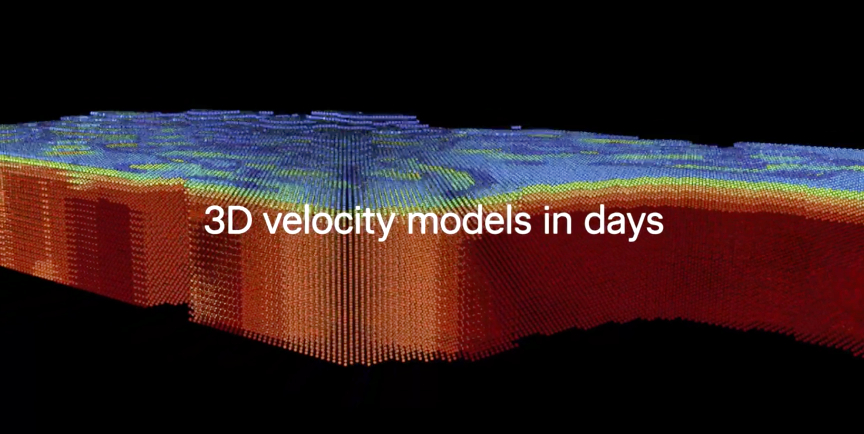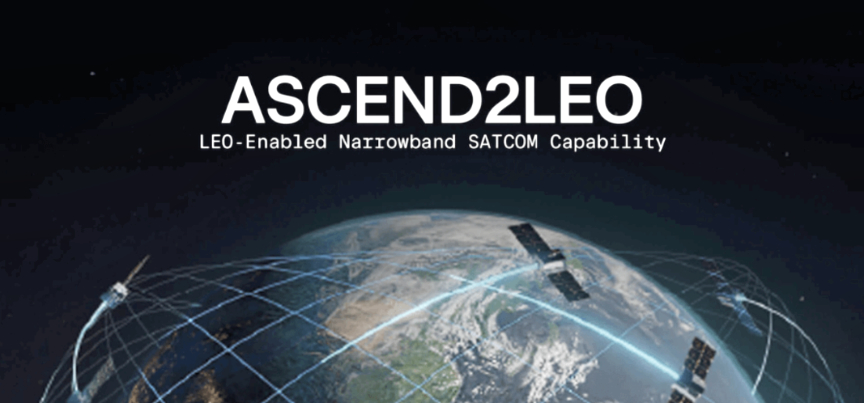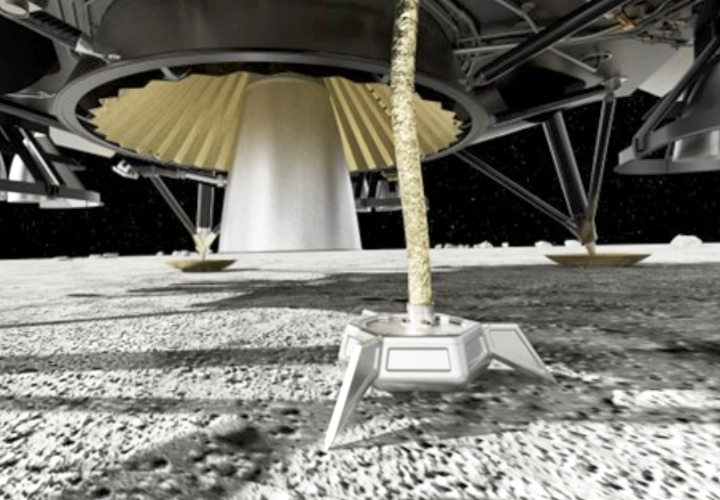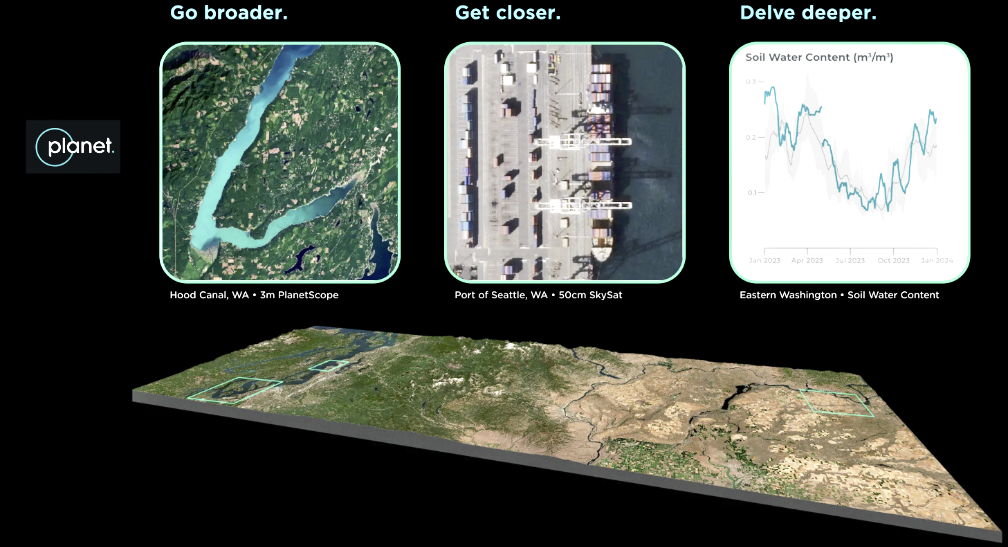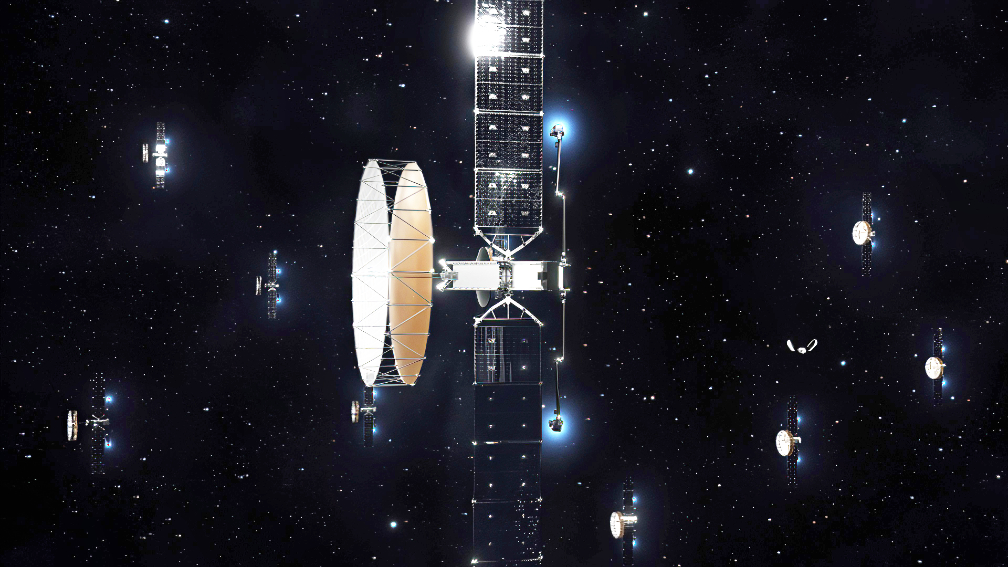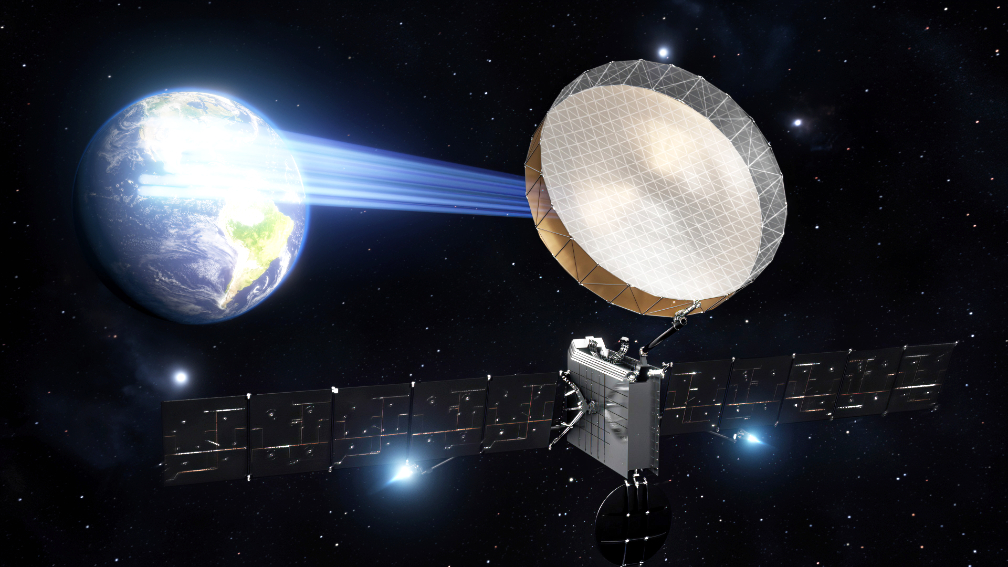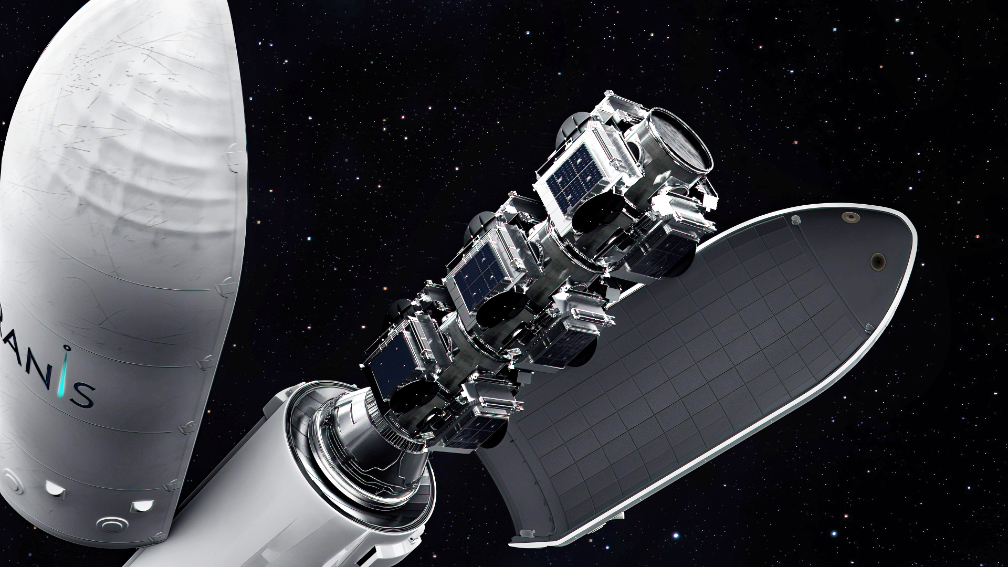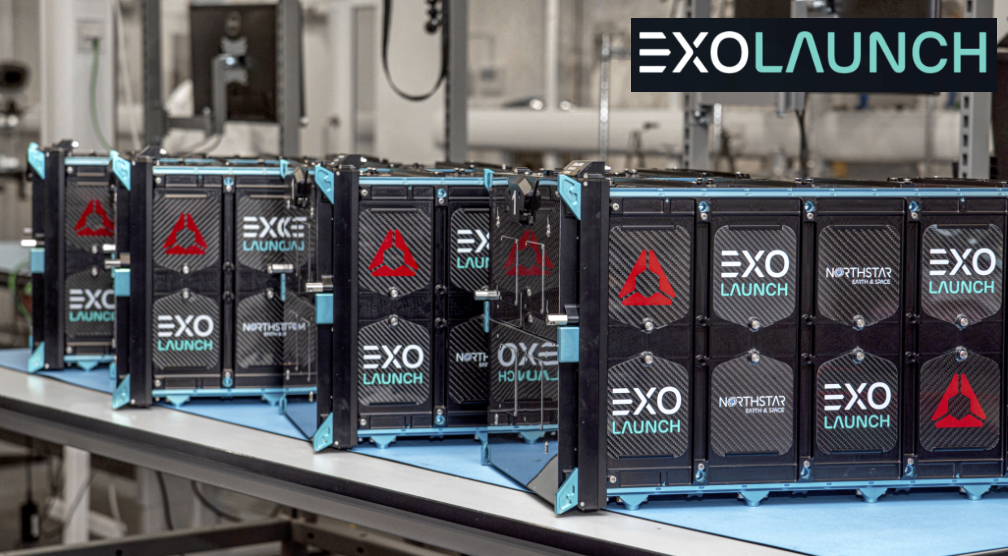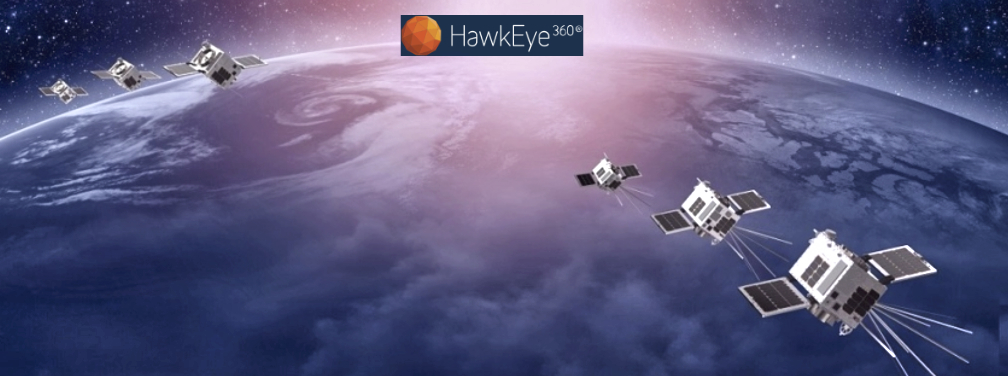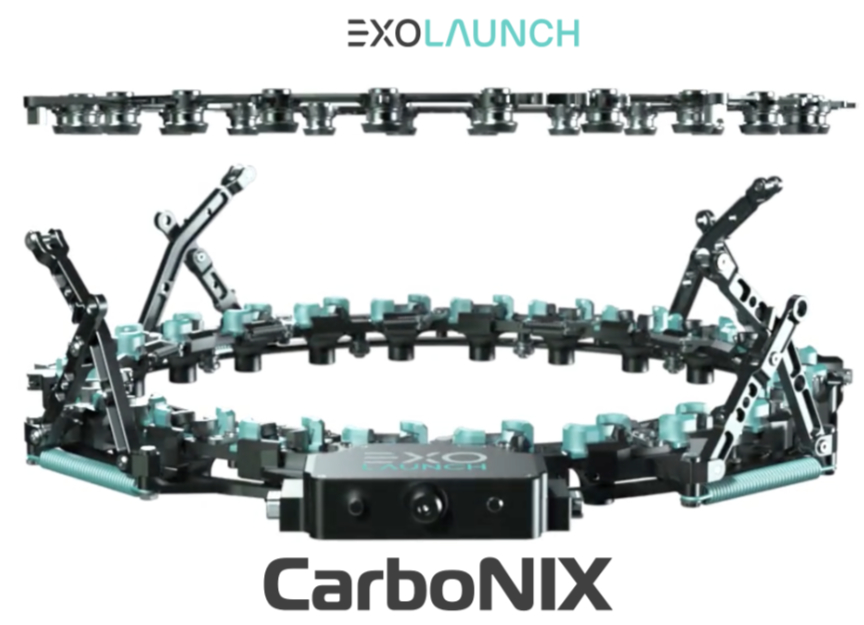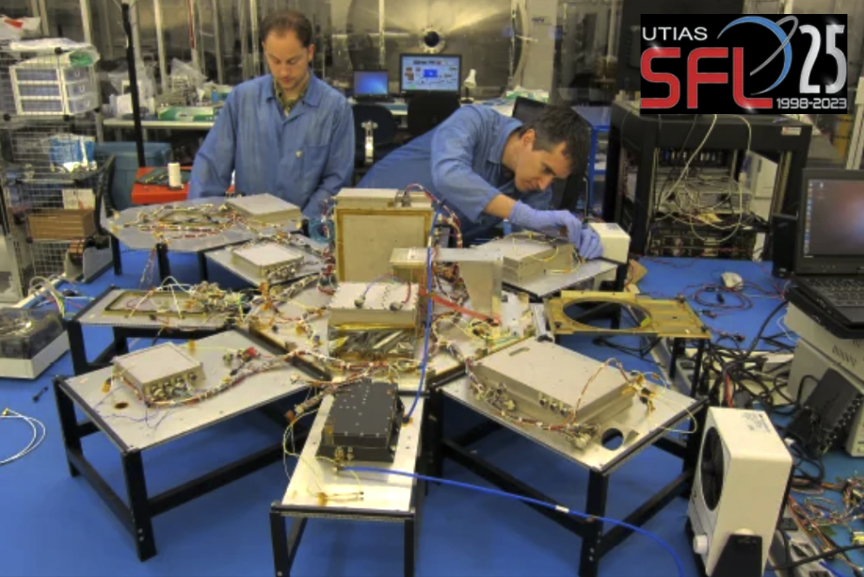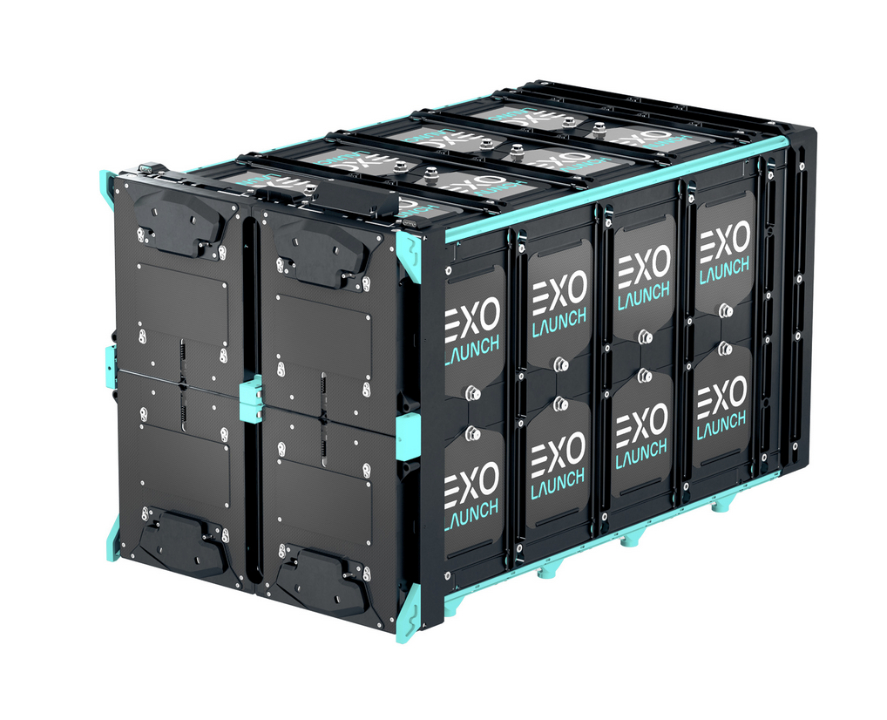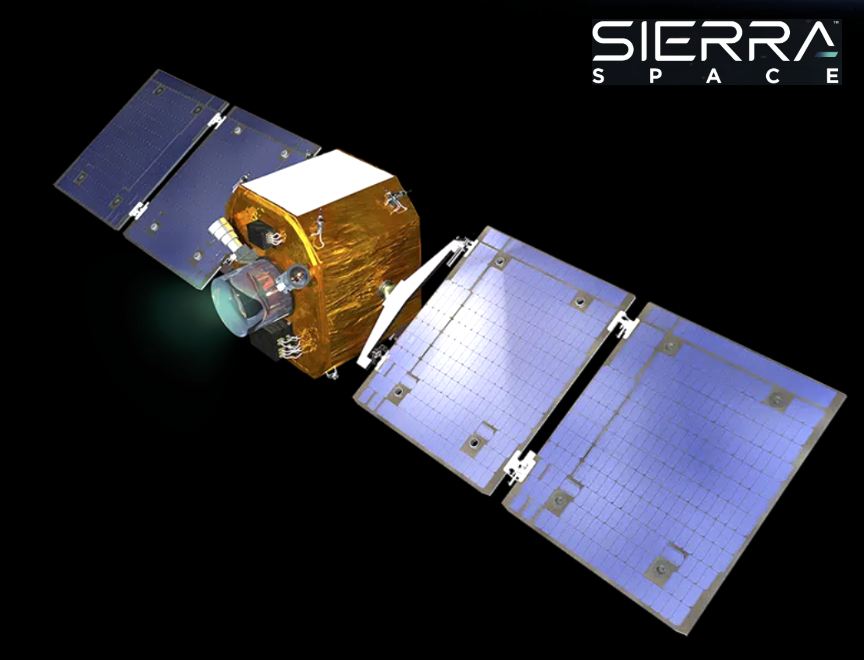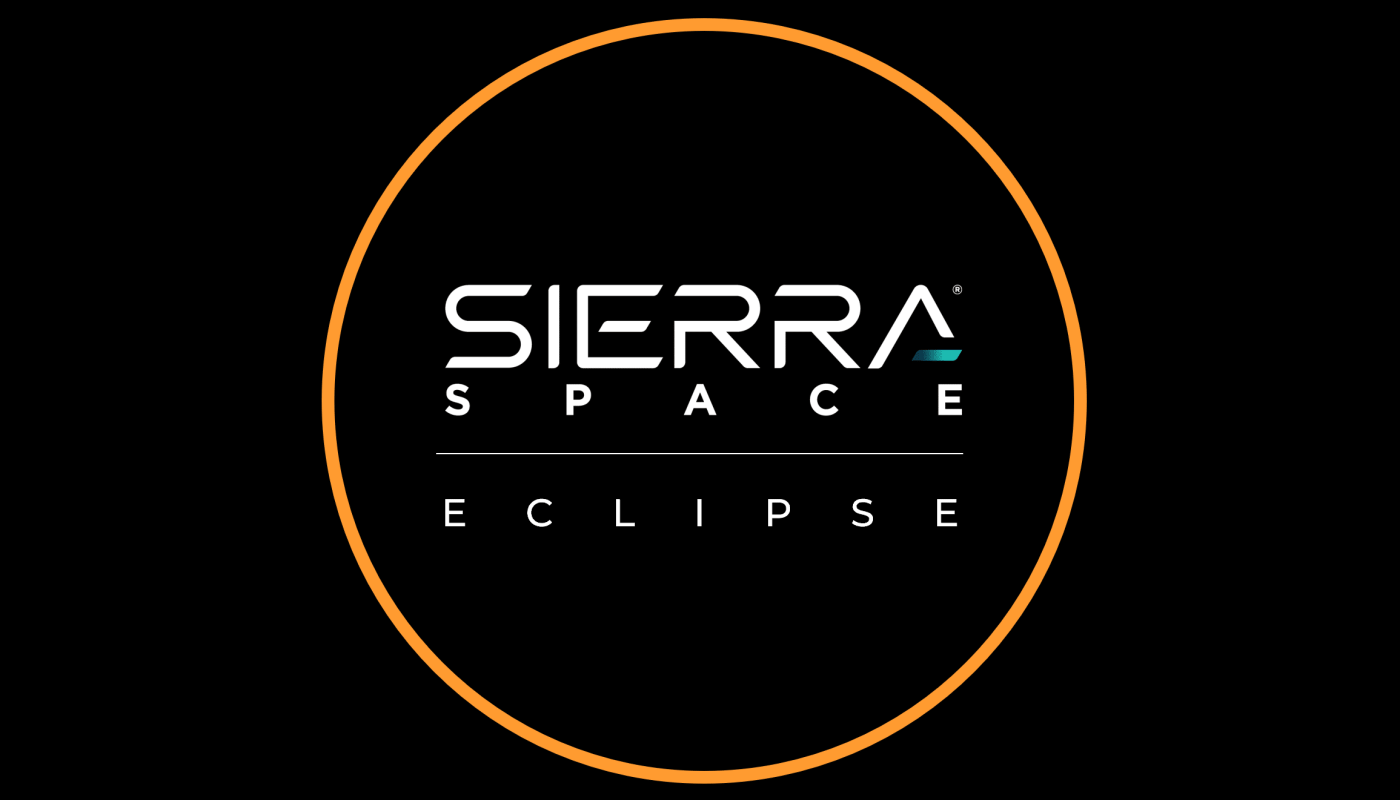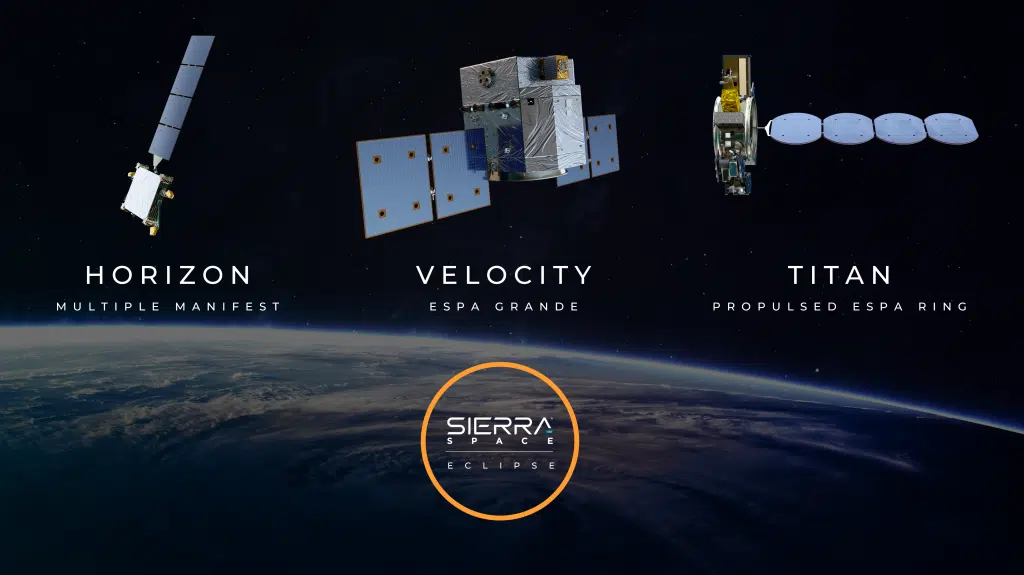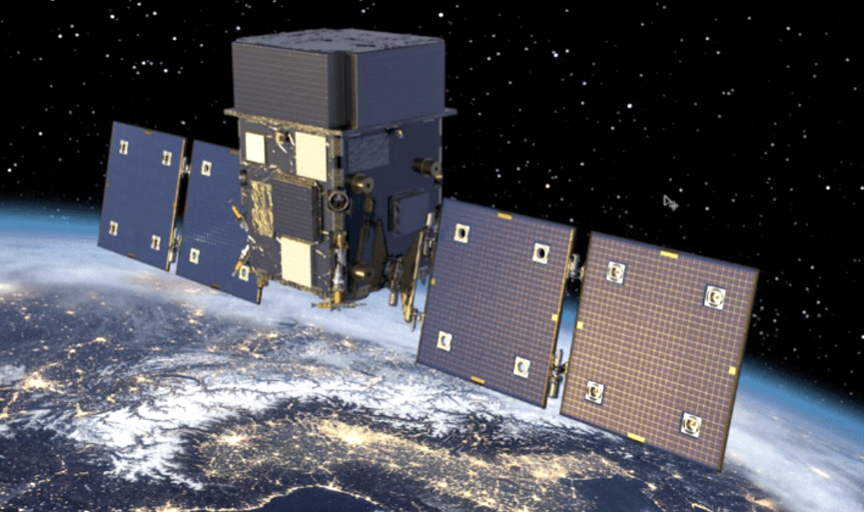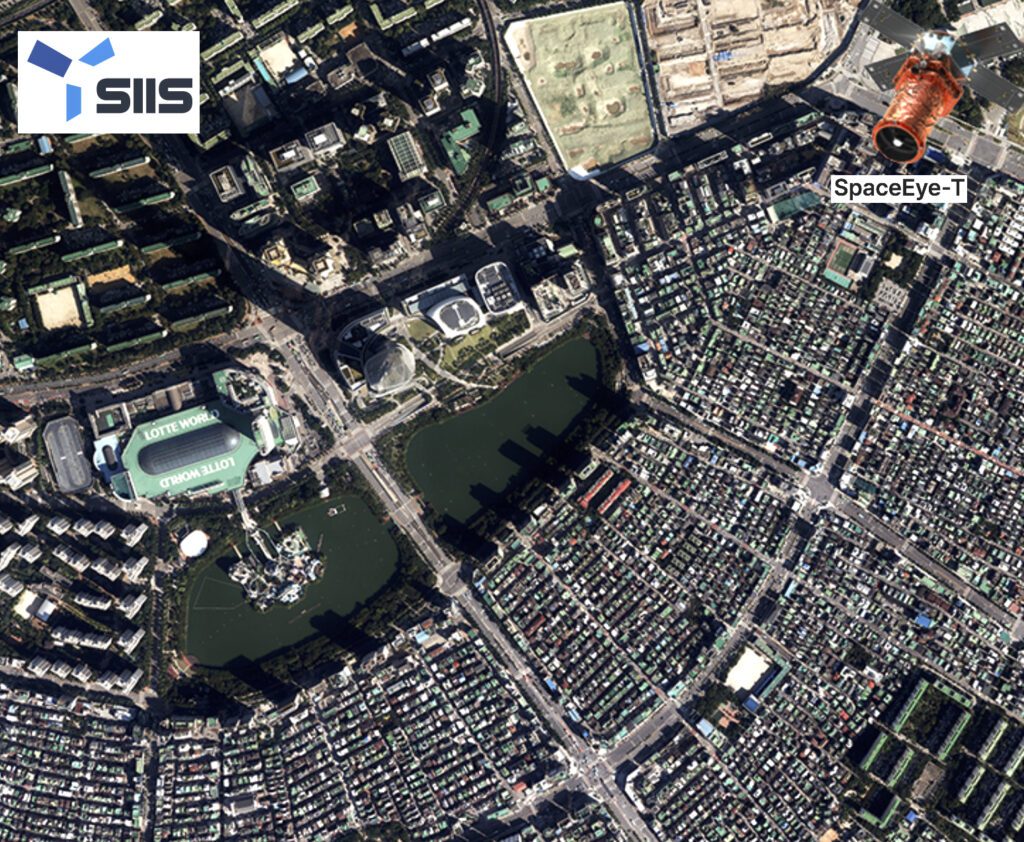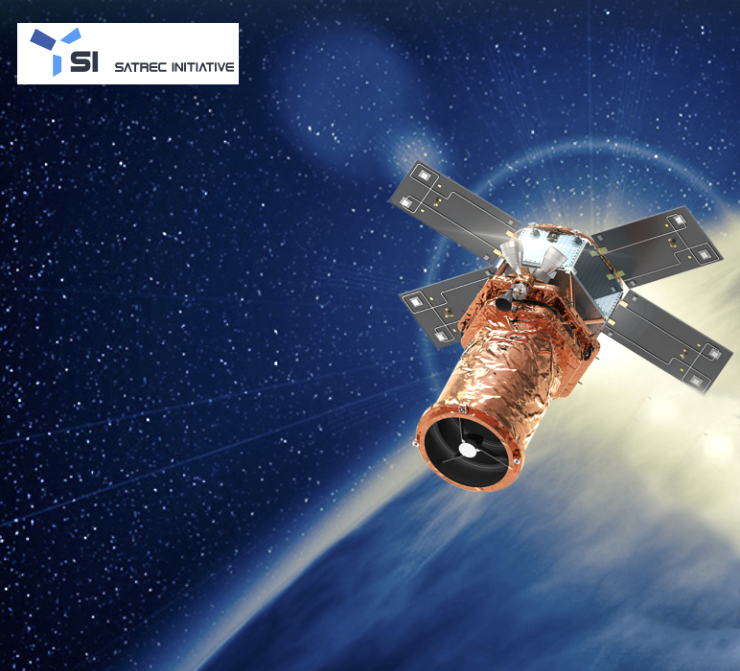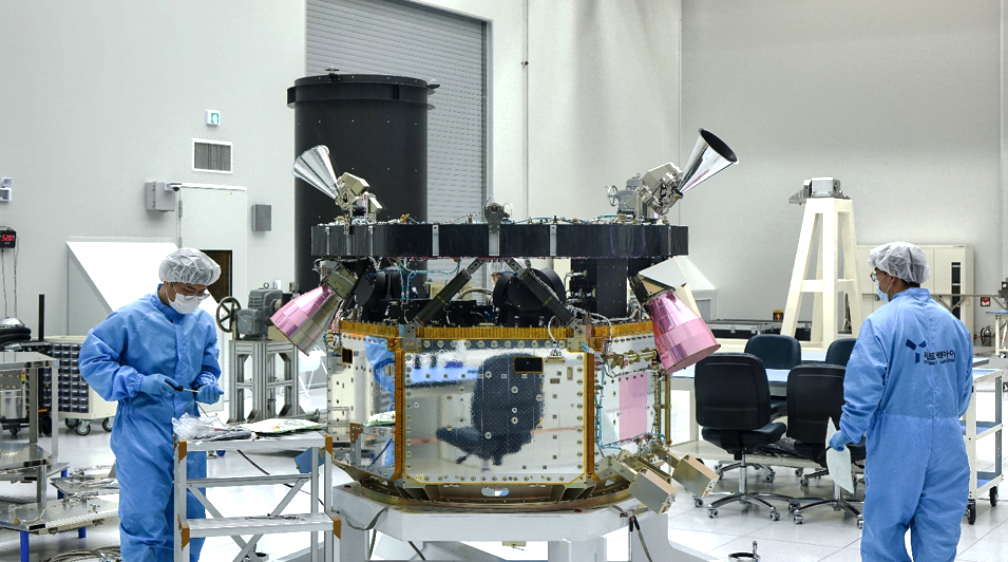
Vyoma has successfully secured additional capital from a dedicated space fund backed by the European Investment Fund (EIF).

The EIF is an International financial institution owned by the European Investment Bank and the European Union that supports disruptive technologies through funds and private banks across different industries in the European continent. The EIF joins forces with Atlantic Labs, which is an existing investor of Vyoma based in Berlin, Germany, and manages the fund.
Vyoma is launching a space-based constellation for monitoring objects (space debris and satellites) from LEO to GEO. The first generation of the constellation will be composed of optical sensors. Pivotal technology for enhancing space domain awareness, these powerful sensors will provide 24/7 information about space traffic and feed predictive analytics algorithms with ground-breaking data that will map the evolution of assets in space at unprecedented accuracy. Importantly, anomalous behavior and ill-intent will also effectively be detected, and alerts issued to the respective defence authorities.
With this information, Vyoma guarantees independent surveillance of space objects assets and the safety of in-orbit assets, supporting Europe’s geostrategic autonomy and space sovereignty. The first units of this space-based monitoring system are primed for launch in early 2025. This additional capital will be used to advance its technical developments and hence the commercialization of space-based data from the first and second-generation of satellites. To support these efforts, Vyoma will also strengthen its engineering team.
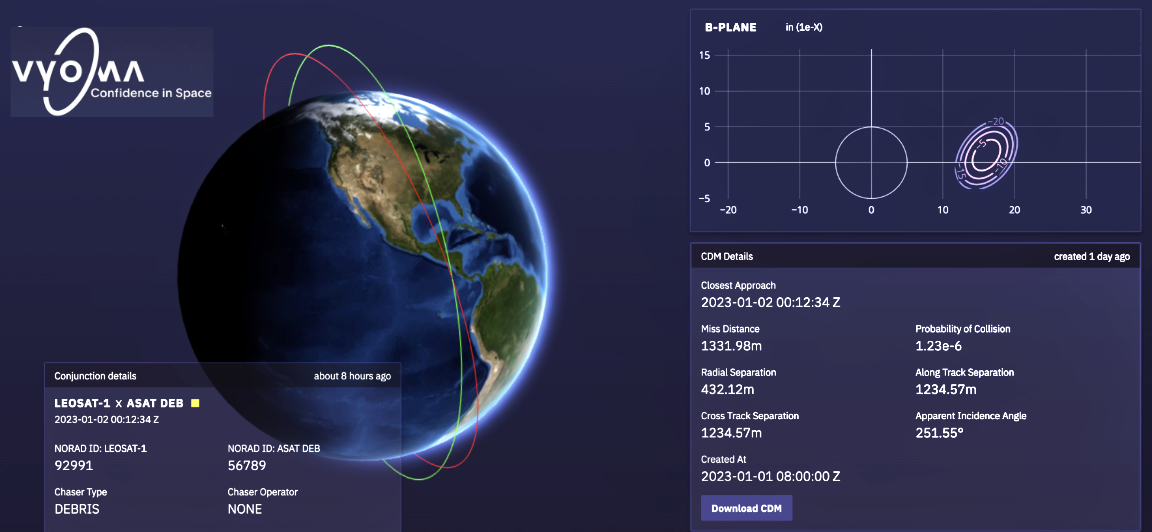
Stefan Frey, co-founder and CEO of Vyoma,, said, “This investment is a recognition by the European Institutions of the pressing need to address hazards in orbit and guarantee safety of assets. With Vyoma’s space-based surveillance system, we can in effect not only monitor the majority of all space objects in low-Earth orbit larger than 1 cm, but also detect ill-intent and malignant actions. This confluence of technological solutions and geostrategic goals is what drives this investment. At the same time, we are proud to count once again on Atlantic Labs for its continuous support.”
“The NewSpace industry has the potential to unlock technologies that can have a ripple effect across a range of other sectors,” said Marjut Falkstedt, Chief Executive of the EI. “I am delighted that EIF support, with the backing of the InvestEU programme, will enable companies like Vyoma to advance their work in cutting-edge fields like orbital monitoring. This is not only important for ensuring the safety and security of space missions and satellite operations – it will also play a role in enhancing Europe’s overall security and technological sovereignty.”
About Vyoma
Vyoma is a Munich-based company that leverages ground-based and soon, space-based data to empower automated satellite operations. Officially founded in August 2020, Vyoma enables real-time space traffic management in congested orbits around Earth. While space is becoming increasingly crowded, Vyoma provides safe and automated satellite operations services, drastically reducing mission costs for its customers. The company’s operations services range from detection of close approaches between satellites and debris and optimisation of manoeuvres, all the way to full automation. Vyoma tends to operators, reinsurers, and space agencies. As a participant in the EU Commission and ESA programs for Space Domain Awareness (SDA) technology development, Vyoma relies on a specialised workforce of 25+ engineers and scientists.


